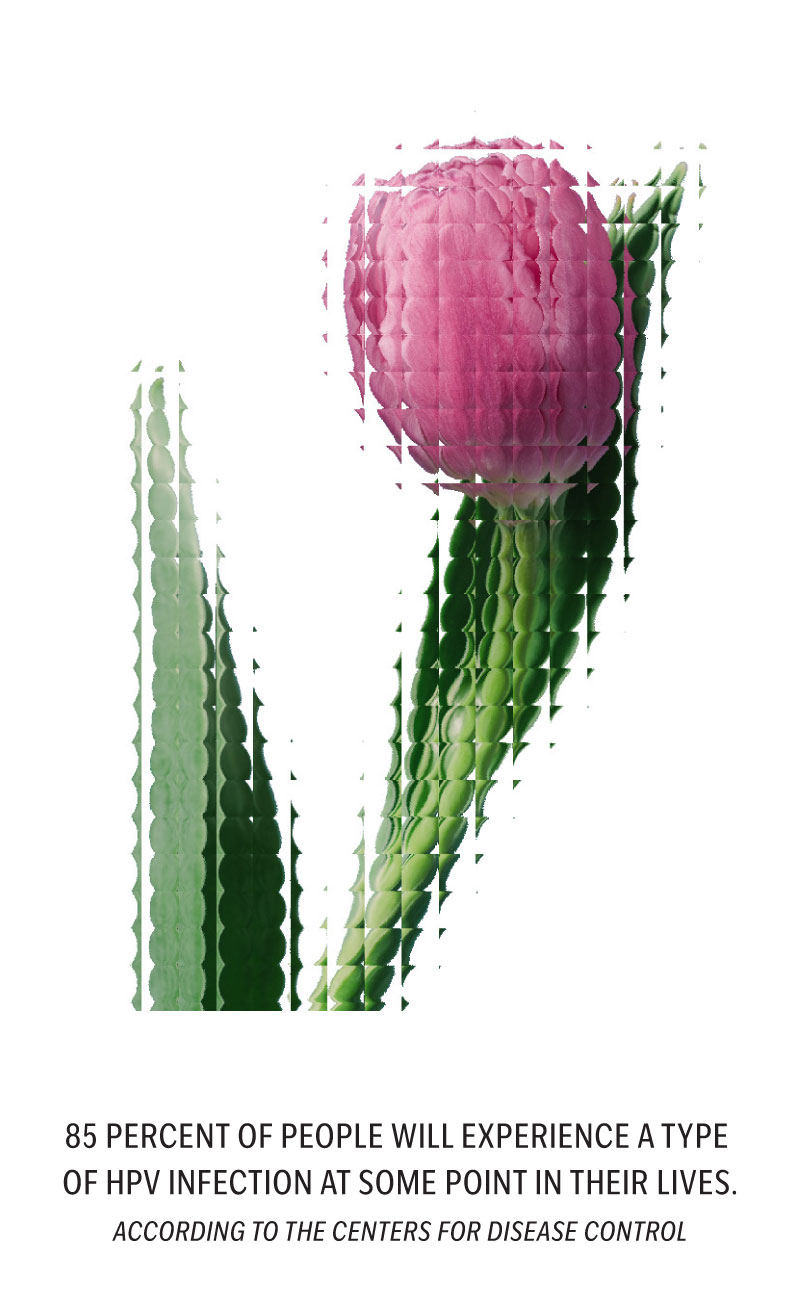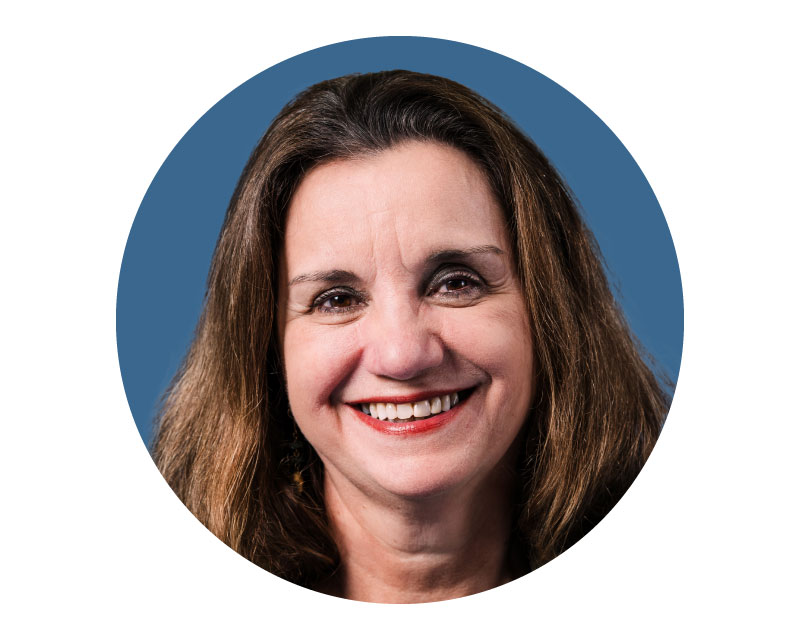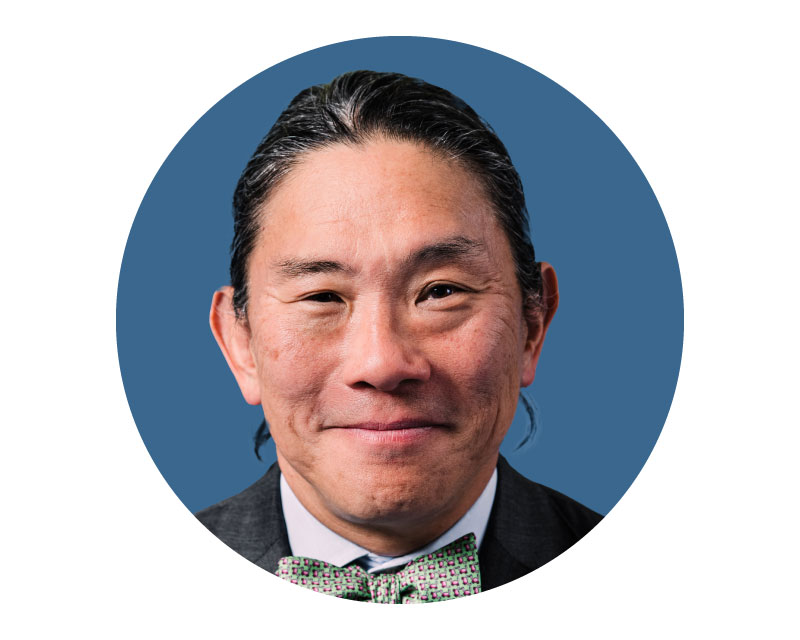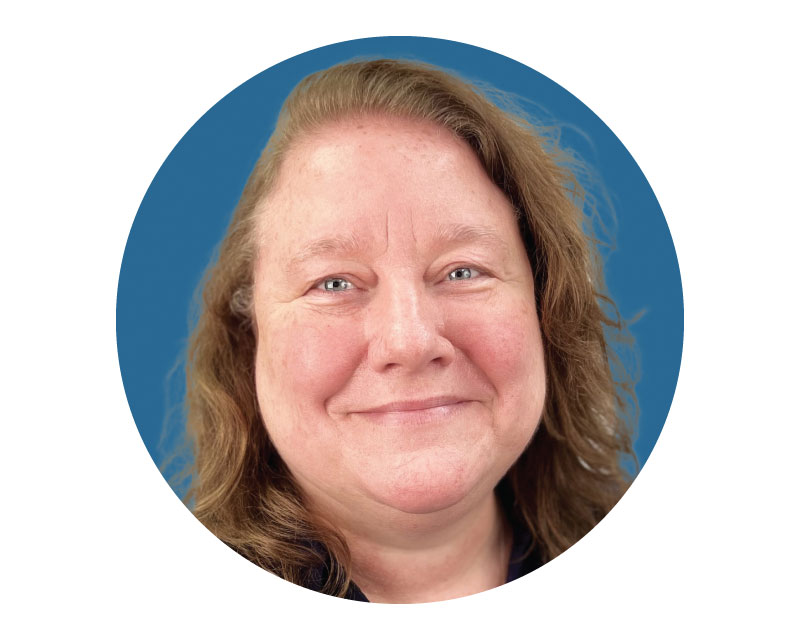
When it comes to cervical cancer, Alabama has one of the highest rates of new cases and mortality. A dire situation to be sure, but there is a silver lining: Alabama also leads the country in the effort to eliminate cervical cancer as a public health threat.
Launched statewide in 2023, Operation Wipe Out is a collaboration between UAB, the Alabama Department of Public Health (ADPH), Rotary Club of Birmingham, and various community partners to eliminate cervical cancer as a public health problem by 2033 through a multipronged approach that includes expanding access to cervical cancer screening and follow-up care as well as education around prevention of human papillomavirus (HPV) infection, the leading cause of cervical cancer. Through Operation Wipe Out, Alabama has become the first state in the nation to devise a comprehensive plan for the elimination of cervical cancer.
“Cervical cancer is different than most cancers because, not only can be detected early and treated, it can be prevented,” said Isabel Scarinci, Ph.D., MPH, vice chair for Global and Rural Health in the UAB Department of Obstetrics and Gynecology and senior advisor for Global Cancer at the O’Neal Comprehensive Cancer Center at UAB. “Think about that. There is a cancer that can be eliminated because we have the tools, we just need to get them out to communities. That’s why we all came together—UAB, the Alabama Department of Public Health, and Rotary Clubs in Alabama.”
Audacious ambition? Perhaps, particularly coming from a state that consistently has some of the highest rates of cervical cancer incidence and mortality. But when you’re shooting for the moon, audacity may be just what is needed.
The Science of Cervical Cancer
The cervix, a firm, round lump of tissue at the back of the vaginal wall, is actually the tip end of the uterus that serves as a conduit between the uterus and the vagina. According to the Centers for Disease Control and Prevention, 85 percent of people will experience a type of HPV infection at some point in their lives. Since most infections are asymptomatic and clear over time, many people are unaware of the infections. Unfortunately, some types of HPV are persistent and can cause changes that result in cervical pre-cancer and cancer.
The good news, says the CDC, is that cervical cancer is over 90 percent curable if detected early through cervical cancer screening. And, there is a vaccine that prevents HPV infection, thereby preventing the development not only of cervical cancer but also of other cancers associated with HPV infection such as oropharyngeal and anal cancer in men and women, penile cancer in men, and vulvar and vaginal cancer in women.
 Why, then, are so many women still suffering and dying from cervical cancer, not just in the U.S. but worldwide? And what can be done to change that?
Why, then, are so many women still suffering and dying from cervical cancer, not just in the U.S. but worldwide? And what can be done to change that?
Those were the questions the principals of Operation Wipe Out set out to answer, beginning in late 2021 in Chambers County, the Alabama county with the highest cervical cancer incidence and mortality rates in the state. Four years later, Alabama is leading the country in the quest to eliminate cervical cancer as a public health problem.
Working Together
While Operation Wipe Out began as a joint effort between UAB, the Alabama Department of Public Health, and Rotary Club of Birmingham, Scarinci and Nancy Wright, director of the ADPH Cancer Prevention and Control Division (CPCD), deserve credit for their roles in recognizing the problem close to home and taking the first steps toward organizing the effort.
Scarinci, a native of Brazil whose training in clinical psychology ultimately led her to the UAB Department of Obstetrics and Gynecology, was working with the Rotary Clubs of Birmingham and Colombo to reduce cervical cancer in Sri Lanka. She quickly recognized that these services were needed just as badly in her home state. She approached her local Rotary president with her concerns; “Well, come up with a plan,” was his answer. Challenge accepted.
Choosing Chambers County because of its high cervical cancer rate, Scarinci, in collaboration with the Rotary Clubs of Fayette and Chambers County and community leaders, began reaching out to women to learn the reasons behind the high cervical cancer rates.
At the same time, Wright was working across the state to increase CPCD’s focus on cervical cancer. Having spent 24 years with ADPH, 20 as CPCD director,
Wright was instrumental in establishing age and income guidelines for women who are eligible for free cancer screenings at their local health departments.
“It’s incredible to say there is a cancer that we can stop—we can end it,” Wright said, a hint of wonder in her voice. “There is no other cancer we can say that about.”
Wright approached Scarinci and UAB Obstetrics and Gynecology Chair Warner Huh, M.D., who also serves as an ADPH consultant on cervical cancer screening procedures, and suggested they host a summit to uncover the reasons for Alabama’s high rate. A gynecological oncologist specializing in cervical cancer for more than 30 years who helped pioneer the use of robotic surgery in gynecologic cancer procedures, Huh’s status as a respected researcher and clinician makes him a powerful ally in the fight against cervical cancer.
 Isabel Scarinci, Ph.D., MPH
Isabel Scarinci, Ph.D., MPH  Warner Huh, M.D.
Warner Huh, M.D.
Gathering Data
“I trained in Boston, where cervical cancer rates were a fraction of what they are here—maybe one or two cases per year,” Huh said. “The needs of the patient population in this state are significant, but to be able to provide meaningful interventions that prevent women from getting cancer and to make sure people don’t lose their mother, their grandmother, their wife … that is incredibly powerful.”
He suggested that instead of holding a summit where they talked at rural doctors, they invite physicians from across the state and ask them what obstacles they face.
That summit, held in October 2022, uncovered a number of reasons for Alabama’s high cancer rates, the most prominent of which proved to be the lack of screening and clinical and surgical services in rural and impoverished areas. Following the summit, Scarinci, Wright, Huh, and partners met to devise a statewide action plan incorporating all they’d learned.
The group then brought in ADPH State Health Officer Scott Harris, M.D., MPH, who readily saw the need for action and agreed to launch Operation Wipe Out through the ADPH.“This situation is made worse because almost all of these cases are completely preventable with regular cervical cancer screening, prompt referral to appropriate care, and prevention education,” Harris said. “We have all the necessary tools to eliminate this terrible disease, and it feels like a public health failure whenever a new case is diagnosed.” Harris said.
Alabama Leads the Way
Operation Wipe Out, is built on a three-pillar foundation of HPV prevention, screening, and follow-up care for abnormal screenings. The biggest problem Alabama faces is lack of services in rural areas. “Most of these areas don’t even have a gynecologist and area hospitals have closed,” Wright said. “Many people don’t have transportation or are uncomfortable driving to a larger city.”
To overcome these challenges, ADPH not only provides the HPV/Pap test at all county health departments, but also has certified nurse practitioners that travel to underserved areas to perform colposcopies, a follow-up procedure for abnormal HPV/Pap tests. Additionally, Operation Wipe Out hosts meetings encouraging physicians and practitioners to attain certification to perform colposcopies in their offices. Wright says their efforts are paying off. “Last year, we performed nearly 900 colposcopies.”
Scarinci says that, as word has spread about how the state of Alabama is leading the country with a program to eliminate cervical cancer, requests for information about Operation Wipe Out have poured in from other states.
“People have asked why Alabama?” Scarinci said. “I say it’s because we have all the right pieces. We have UAB, a renowned research university. We have a supportive state health officer. We have Rotary Clubs. And we have people who care.”
As time has passed, more organizations have partnered with Operation Wipe Out, including the American Cancer Society, Huntsville Hospital, Tuskegee University, and many more.
In November 2024, Wright was invited to share Operation Wipe Out’s progress with the global community at the Conference of the International Papillomavirus Society held in Scotland, an accomplishment she sees as the highlight of her career.
 Nancy Wright
Nancy Wright  Scott Harris, M.D., MPH
Scott Harris, M.D., MPH
“The feedback was fantastic, and we had people from Brazil, India, Africa, and across the U.S. ask us if we could help them and become partners,” she shared. “It’s like the world is hungry to do something about cervical cancer. And Alabama is leading the way.”
Taking the lead in a vital community health effort is an endeavor that is, serendipitously, familiar to Scarinci. As an infant in Brazil, she contracted polio before receiving the necessary second vaccination.
The life-threatening event left her with a limp and, she says, her mother always blamed herself. Not wanting other families to suffer,
Biggest Barriers to Women's Health Care in Alabama
- Regional lack of gynecologists
- Closed hospitals
- Unreliable transportation
her mother began going door to door in their small town in Brazil, armed with the polio vaccine and her limping child. “Do you want this to happen to your child?” she queried. Her efforts had a real impact on polio in their town.
"I asked her once if she truly believed that we could eradicate polio in the world. She said, ‘Not really, but I did my part.’ That’s what I’m doing now,” Scarinci said of her work with Operation Wipe Out. “I’m doing my part.”
On January 31, 2025, Operation Wipe Out held its second summit in Birmingham, sharing updates on its progress and engaging the larger community across Alabama with over 150 attendees. There’s still a long way to go, but Scarinci and all the individuals and organizations involved in Operation Wipe Out can rest assured, when it comes to achieving the lofty goal of eliminating a deadly cancer, everyone is doing their part.

